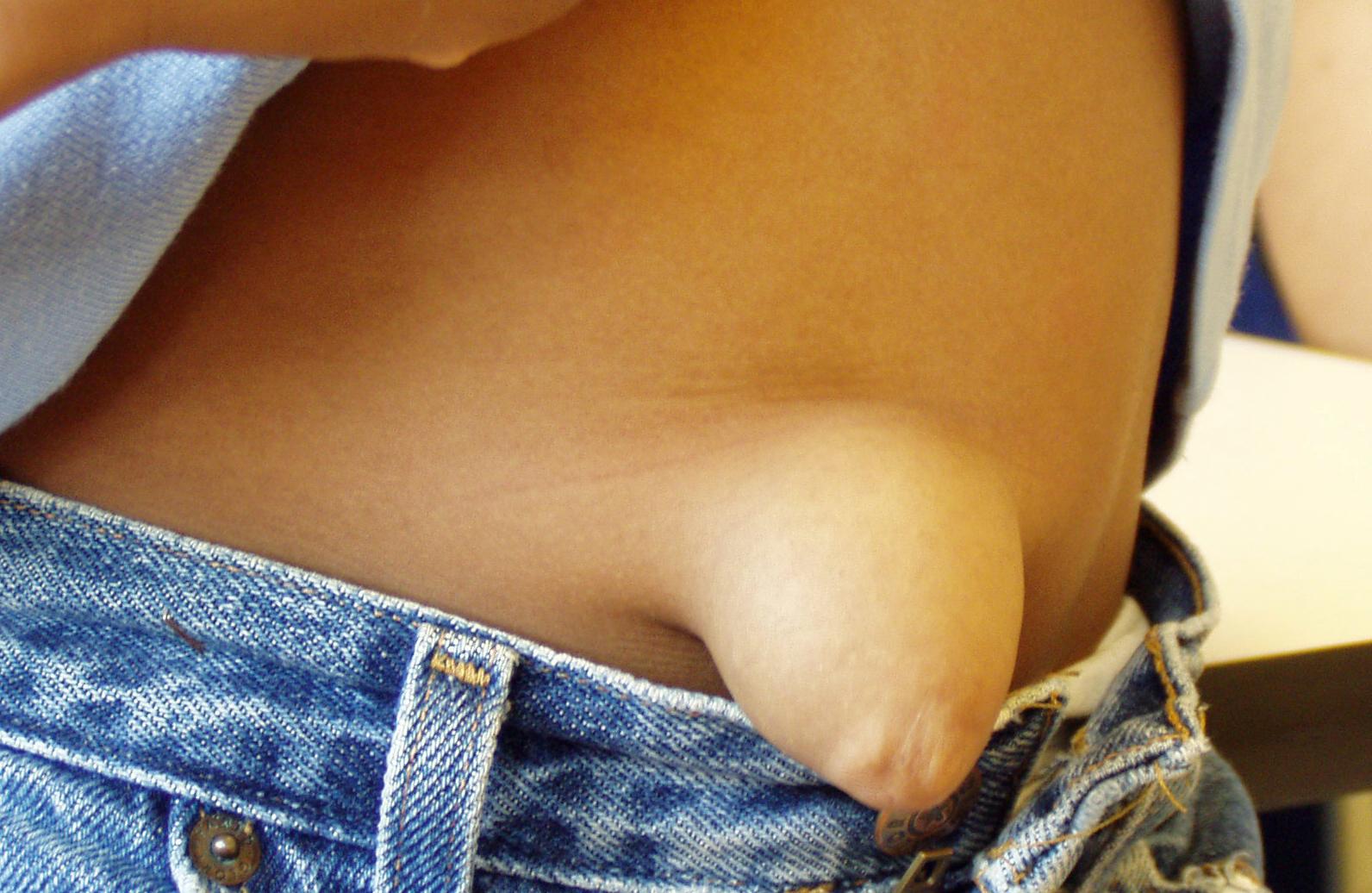Physical Address
304 North Cardinal St.
Dorchester Center, MA 02124
Umbilical hernia is a common disorder in children and is frequently evaluated and treated by pediatric and general surgeons. Unlike other hernias of childhood, a fascial defect is present at birth but may resolve without the need for an operation. An understanding of the embryology, anatomy, incidence, natural history, and complications is important to any surgeon managing umbilical hernias in children.
After birth, closure of the umbilical ring is the result of complex interactions with the lateral body wall folding in a medial direction, fusion of the rectus abdominis muscles into the linea alba, and umbilical orifice contraction that is aided by elastic fibers from the obliterated umbilical arteries. Fibrous proliferation of the surrounding lateral connective tissue plates and mechanical stress from rectus muscle tension also may help with natural closure. Failure of these closure processes results in an umbilical hernia. The hernia sac is peritoneum and is usually very adherent to the dermis of the umbilical skin. The diameter of the actual fascial defect can range from several millimeters to 5 cm or more. The extent of skin protrusion is not always indicative of the size of the fascia defect. Frequently, small defects can result in alarmingly large proboscis-like protrusions ( Fig. 49.1 ). Thus, it is important to palpate the actual fascial defect by reducing the hernia to assess whether operative or nonoperative treatment is appropriate.

Become a Clinical Tree membership for Full access and enjoy Unlimited articles
If you are a member. Log in here